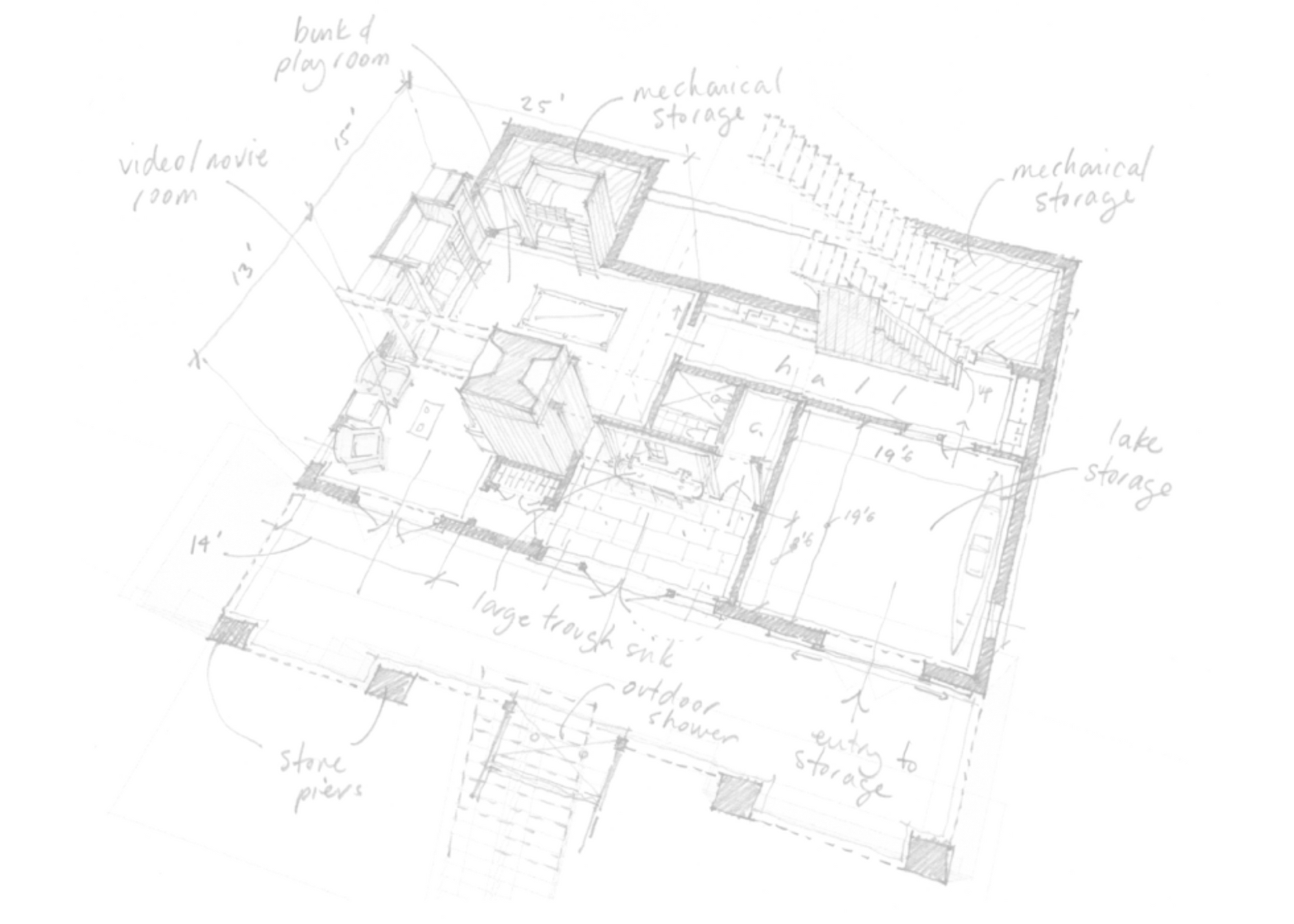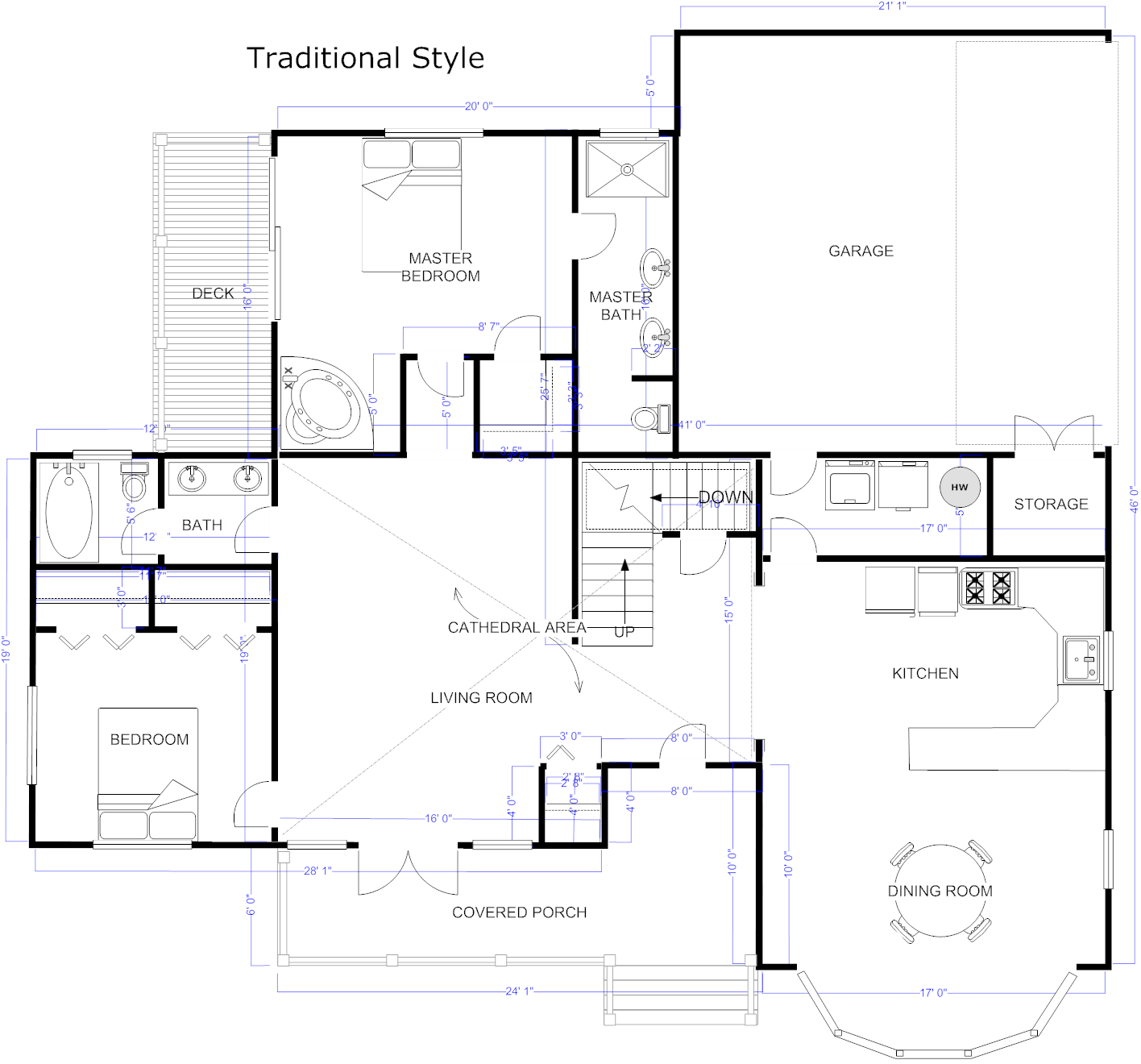Just How CDA Architects Incorporate Eco-Friendly Practices in Architectural Projects
Just How CDA Architects Incorporate Eco-Friendly Practices in Architectural Projects
Blog Article
A Comprehensive Overview of Architectural Styles and Their Influence on Modern City Planning and Development
Architectural styles have long offered as a mirror to the societal worths and technological advancements of their time, playing a crucial role in shaping contemporary city planning and growth. From the splendour of Neoclassicism to the utilitarian strategy of Brutalism, each style has presented one-of-a-kind principles that influence city appearances and performance.
Historical Summary of Architectural Styles
Throughout history, architectural designs have actually progressed in response to social, technological, and ecological elements. Each duration reflects the prevailing worths, beliefs, and innovations of its time, causing an abundant tapestry of design that indicates human imagination and adjustment. The ancient human beings, such as the Egyptians and Greeks, developed foundational designs that highlighted proportion and percentage, serving both practical and visual purposes.
As cultures transitioned via the Middle Ages, Gothic design arised, identified by its verticality and elaborate outlining, matching the spiritual aspirations of the age. The Renaissance noted a rebirth of timeless ideals, merging art and design in cutting-edge ways that influenced subsequent designs throughout Europe.
The Industrial Change introduced new materials and building methods, motivating movements like Modernism, which challenged conventional types and accepted simpleness and capability. The 20th century saw a diversity of designs, with Postmodernism reacting against the stark minimalism of its predecessor, incorporating historical recommendations and eclectic aspects.
Today, building designs proceed to advance, driven by globalization and sustainability problems, mirroring a vibrant interaction in between heritage and innovation. This historic overview emphasizes the significance of style as a mirror of social advancement and as a stimulant for city advancement.
Secret Architectural Styles Explained
The diversity of architectural designs mirrors the myriad impacts that shape our built setting, each embodying distinct features and social significances. Secret building styles consist of Classic, Gothic, Baroque, Innovation, and Postmodernism, each standing for special historical contexts and visual philosophies.
Timeless style, rooted in old Greece and Rome, highlights symmetry, percentage, and making use of columns. On the other hand, Gothic architecture, growing in the Middle Ages, is identified by pointed arcs, ribbed vaults, and flying buttresses, developing an ethereal high quality in sanctuaries. Baroque design, arising in the 17th century, is marked by majesty, fancy embellishment, and a dynamic interaction of light and shadow.

Understanding these designs supplies understanding right into the social stories and technical advancements of their respective eras, highlighting just how style offers not simply as a sanctuary, however as a reflection of societal values and aspirations.
Influence On Urban Planning
In forming the development of cities, building styles significantly affect urban preparation choices. The option of building style usually determines the appearances, performance, and total personality of metropolitan environments.
Moreover, architectural designs can affect zoning laws and land use plans. Urban organizers should take into consideration the prevailing architectural fads when designing areas, ensuring that new advancements integrate with existing structures. This consideration cultivates natural urban landscapes and boosts neighborhood identification.
The execution of specific architectural styles can likewise affect socioeconomic variables within a city. Premium modern layouts may draw in wealthy homeowners and businesses, leading to gentrification, while much more inexpensive housing services might prioritize practical and sustainable designs to suit diverse populations. Ultimately, the interplay in between building designs and metropolitan planning creates dynamic cities that mirror both historic context and modern requirements, shaping the lived experiences of their inhabitants.
Sustainability and Modern Architecture
Building designs play an essential function in resolving modern challenges, especially in the world of sustainability. As metropolitan areas expand and ecological problems escalate, modern-day style progressively embraces lasting layout principles that focus on power effectiveness, source preservation, and marginal eco-friendly effect.
Contemporary architectural activities, such as biophilic style and green style, advocate for structures that integrate with their environments, utilizing all-natural materials and advertising biodiversity - cda architects. These styles frequently include renewable resource visit resources, such as photovoltaic panels and wind turbines, to lower reliance on nonrenewable fuel sources and lower carbon impacts
Additionally, the integration of sophisticated technologies, such as clever building systems, boosts energy monitoring, enhancing source usage while ensuring passenger comfort. Cutting-edge water monitoring techniques, including rainwater harvesting and greywater recycling, additional contribute to sustainable city environments.
Especially, sustainability prolongs beyond ecological issues; it includes social and economic dimensions also. By promoting area well-being and advertising inclusivity, contemporary building designs align with sustainable advancement objectives. Consequently, the development of building techniques continues to this link shape durable cities that not just fulfill the needs of the present yet additionally safeguard the future for generations to find.
Neighborhood Involvement in Layout
Area involvement in layout functions as a vital bridge in between engineers and the populaces they offer, guaranteeing that the built environment reflects the needs and aspirations of its users. This collaborative process invites community members to contribute their understandings and choices, cultivating a feeling of ownership and obligation towards the rooms they live in.
Effective community engagement uses numerous techniques, such as workshops, surveys, and public forums, to collect varied point of views (cda architects). These methods facilitate a two-way discussion, permitting designers to understand neighborhood contexts while encouraging citizens to voice their problems and desires. This inclusivity not just enhances the layout high quality but additionally advertises social equity by resolving the unique obstacles dealt with by marginalized groups

Conclusion
Architectural styles have exceptionally influenced contemporary city click here to read planning and advancement, mirroring advancing social and technical contexts. The assimilation of historic appearances with modern demands cultivates metropolitan atmospheres that prioritize sustainability and area interaction. As cities continue to grow and adapt, the ongoing discussion in between building heritage and modern style principles will stay necessary in creating comprehensive, vivid rooms that improve lifestyle and promote social equity. The future of city growth joints on this harmonious equilibrium.
Report this page